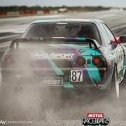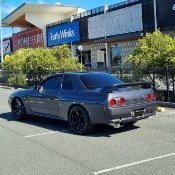QLD Whoretown...
Announcements
-
Similar Content
-
Latest Posts
-
And be prepared to surrender low/midrange torque.
-
By Godzilla_xs2 · Posted
hey everyone! New to the site and cant wait to meet new skyline owners -
By Godzilla_xs2 · Posted
Hello. Were you able to find how to check this issue. I am having the same issue on my s2 base r34 gtr








Recommended Posts